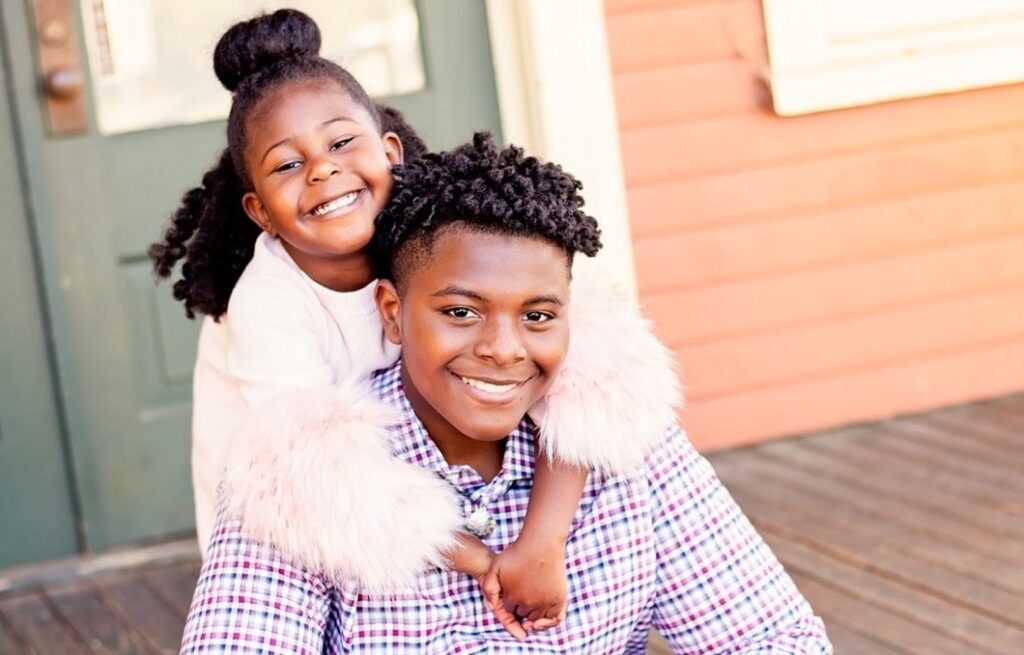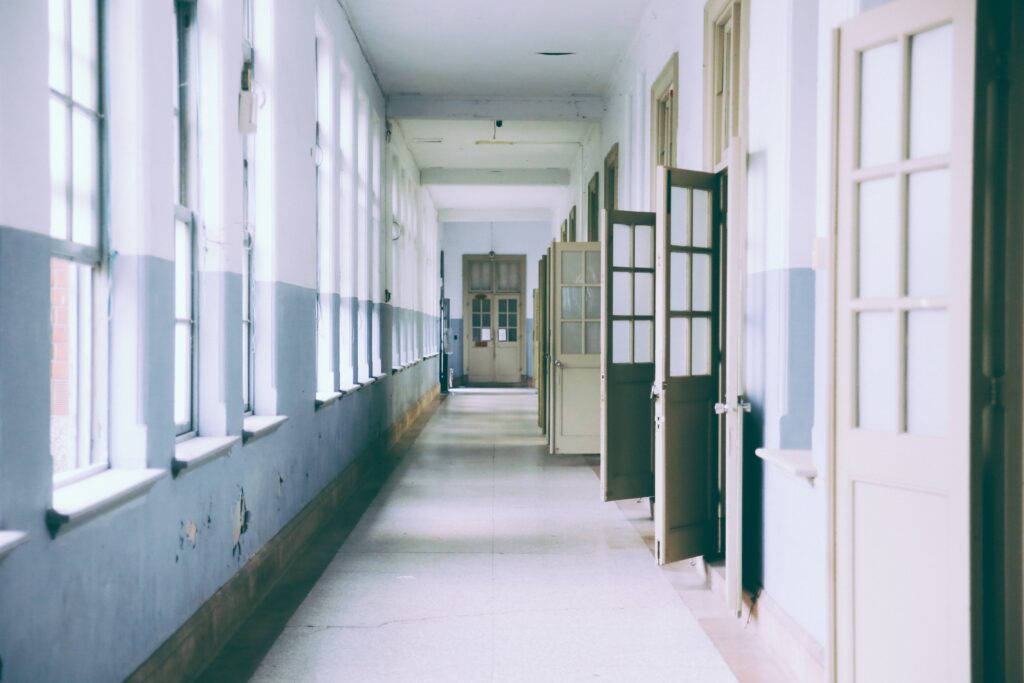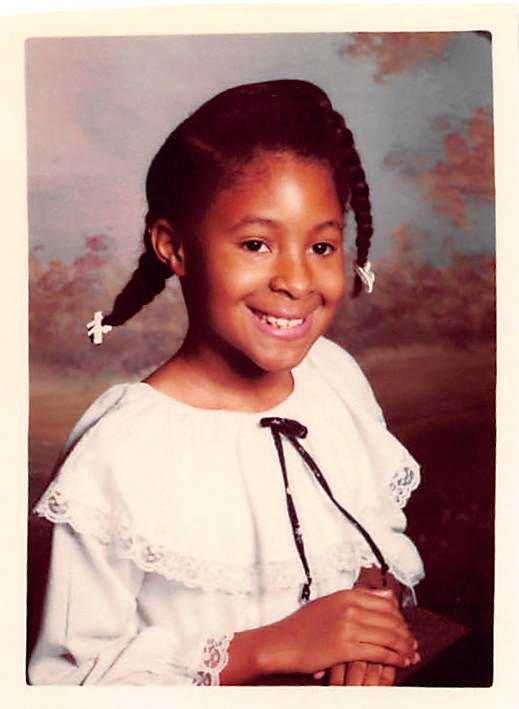A Mother’s Love Liberates

This is how I show my love. To liberate his mind from the chains of dehumanization that threaten to drag him down when he wants to soar. To transcend the negativity, and instill a hope that stirs up in him the strength to thrive.
Southern Public High School Education Preserves White Supremacy

I wanted to be Black and gifted, not gifted and isolated. But my school did not offer the opportunity to embrace both my Blackness and my genius at the same time.
Funding Quality Afterschool Care

We Struggled Without Afterschool Care in the 80s. Two Million Parents Today May Struggle Again. by Rhonda Bryant The issue of access to afterschool programs is one that is deeply personal for me. When I was 9 years old, my family lived in northeast Washington, DC. We’d recently moved there, and we didn’t have family […]

